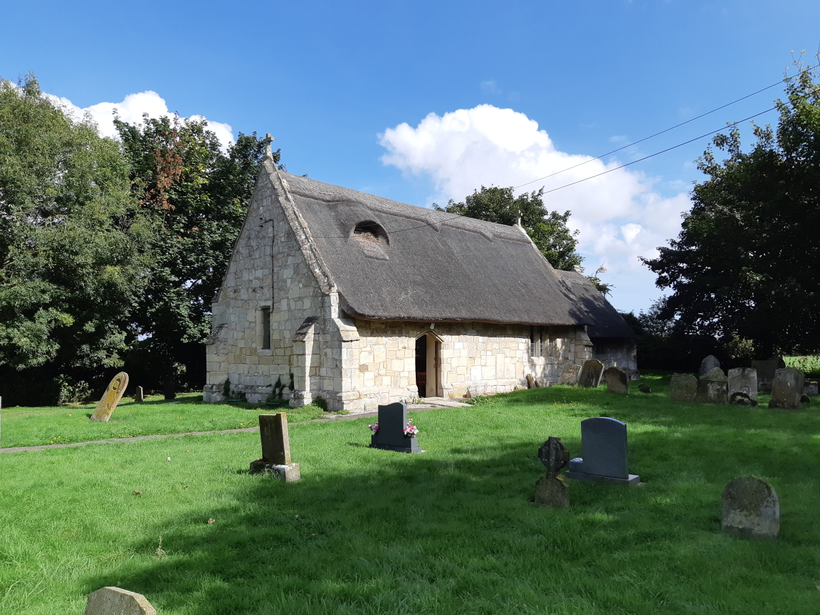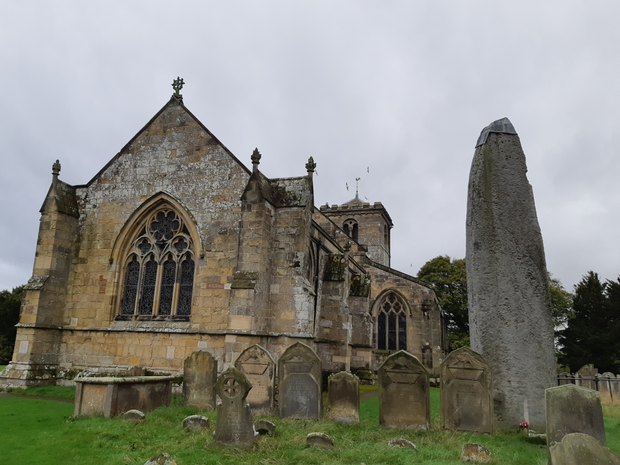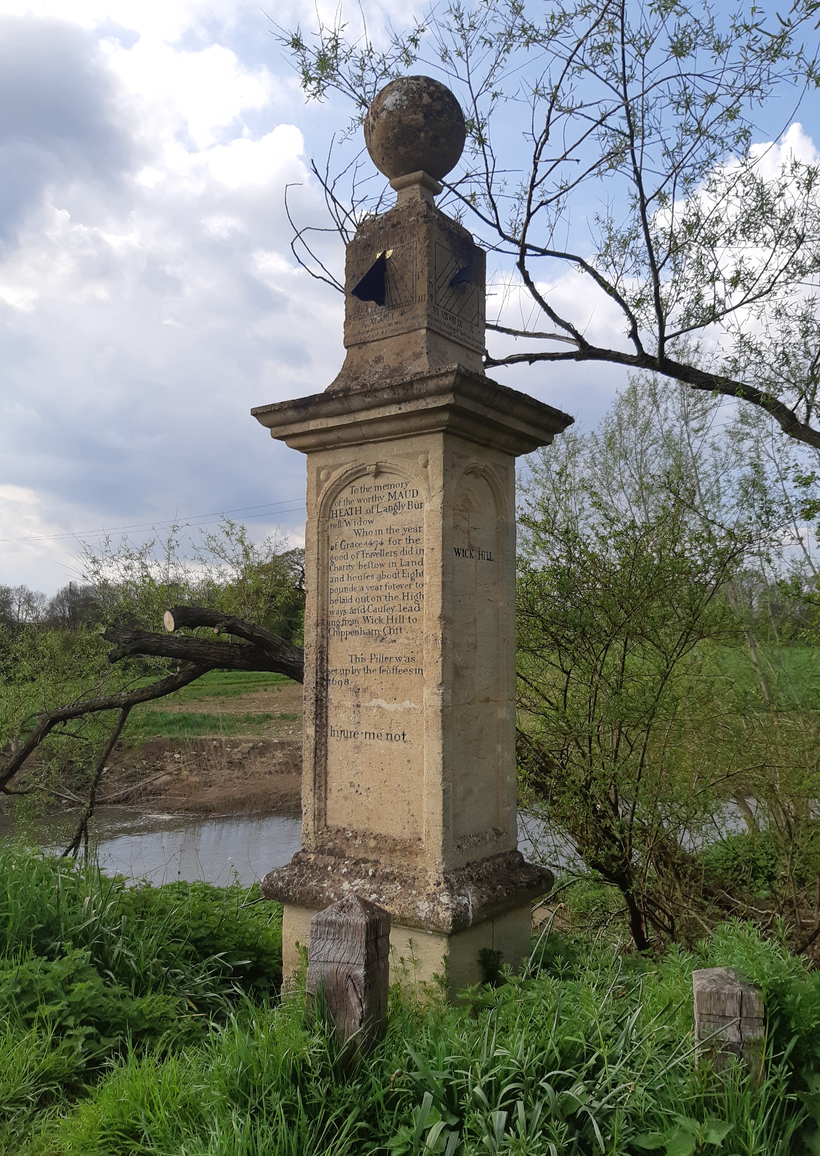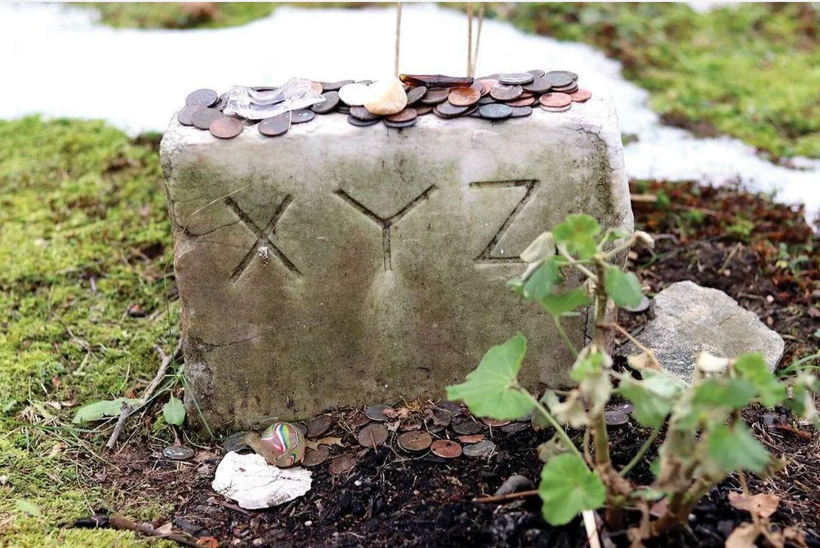While sounding like a high-school punk band, screaming skulls are a not-uncommon element woven through the rich British tapestry of haunted body parts.
Screaming, or more specifically, haunted skulls make their home in several towns throughout England.
These skulls need not necessarily be attached to a body, but rather exist independently from their corporeal form. Rather than aimless haunting, or haunting in more attractive surroundings, it is said that these skulls are emotionally linked to the houses in which they wish to continue to live.
Screaming Skulls are most commonly attributed to those who suffered religious persecution during the Henry VIII’s 16thCentury Reformation, or under Oliver Cromwell’s Roundheads during the English Civil war in the 17thCentury. Immediately prior to their death/undoubtedly violent murder, all owners of future haunted skulls professed that they wished to be buried within the walls of the house in which they lay. When these wishes were ignored and the persecuted individual was laid to rest in a grave, vault or in undesired grounds, the spirit fought back.
Inhabitants of these houses reported strange noises; bangs, crashes and moans and various ‘unexplained happenings’. Once the houses’ occupants made the connection between the noises and the deceased, they frequently disinterred the skull, returning it to the homestead. While the skull rests in the home, undisturbed (on its shelf, stoop or within its case) all is well, yet once one attempts to remove said skull, supernatural chaos ensues.
Should one try to dispose of such a ‘screaming skull’ by any means – via physical destruction, throwing into a river, or even by burial – the skull will always return to its house intact. More often than not, the skull delights in its revenge by not only terrifying the perpetrator, but cursing them with bad luck, a poor harvest or illness.
While the UK has several such skulls, below are three of our greatest hitters.
Because if you can’t have a top of the pops style countdown on severed heads, what can you truly enjoy in life?
The Bettiscombe Skull
 The Bettiscombe skull is attributed to an unnamed slave from the West Indies whose unfortunate path led him to Lyme Regis, Dorset. The slave was originally thought to have been brought to Dorset to serve Azariah Pinney, a plantation owner and dealer in the Slave Trade.
The Bettiscombe skull is attributed to an unnamed slave from the West Indies whose unfortunate path led him to Lyme Regis, Dorset. The slave was originally thought to have been brought to Dorset to serve Azariah Pinney, a plantation owner and dealer in the Slave Trade.
As with most apocryphal stories of slaves at this time, it is unclear whether the unnamed slave was a victim of, or perpetrator of, a murder. Nonetheless, the deceased’s wishes were to be buried back in his homeland. These were ignored and this supposed ‘faithful black servant’ was interred at Bettiscombe churchyard, in response to which, his haunting began. Supposedly screams were heard from the churchyard, and bizarre noises emanated from the farmhouse. The disturbances only ceased when the body was disinterred.
In 1872, it was published in Dorset “Notes and Queries” that:
“The peculiar superstition attaching to it is that if it be brought out of the house the house itself would rock to its foundations, whilst the person by whom such an act of desecration was committed would certainly die within the year.”
Many attempts were made to re-bury the body, but with little success. Such attempts were so frequent and ill-managed, that after time, only the skull remained. The skull eventually found its resting place back at the farmhouse, in the nook of a staircase.
Or so the legend goes…
In more recent years, the skull was examined by Professor Gilbert Causey of the Royal College of Surgeons. He deemed the skull as not only female, but pre-historic in origin, most probably a sacrificial victim from an earlier settlement. Yet the legend had laid roots and is well known, and well-minded to this day.
The skull’s – and the Pinney family’s – journey is well documented throughout the years and is well-researched by the Dorset County Museum, whose links I have provided at the bottom of this article.
The Tunstead Farm Skull
Tunstead Farm, known locally as ‘Skull Farm’, sits in a quiet hamlet in Derbyshire that dates back to the 13thCentury.
According to local legend, there are many options as to the owner and ‘haunter’ of the head:
Firstly, a (as ever) unnamed young woman was murdered in the same room as the skull is kept. Secondly, a man named ‘Ned Dixon’, a spurned ancestor of the farm’s owners or thirdly, and most dramatically, a murdered sister.
The most gripping of these potential haunting sources originates with two sisters, both enamoured with the same man. In jealousy, one murdered the other. On her deathbed, the murdered sister proclaimed that her bones would never rest.
As referenced in the blog ‘Ludchurch’ (linked below), the 1895 work ‘Household Tales and other Traditional Remains’ went on to say that:
‘Her bones are kept in a cheese vat in the farmhouse which stands in a staircase window. If the bones are removed from the vat trouble comes upon the house, strange noises are heard at night, the cattle die or are seized with illness.’
The skull, nicknamed “Dickie” was also said to be a supernatural guardian of the farmhouse and forces knocking noises to herald the approach of strangers. Supposedly, Dickie’s rappings have also heralded deaths in the family and further issues with livestock.
As with most other haunted skulls, all is well unless Dickie is removed, in which case auditory chaos reigns. Superstitions concerning Dickie’s power over the farmland, that in 1870, following issues with a railway company and unsuccessful (on account of Dickie’s intervention) building work, a Lancashire poet wrote:
Neaw, Dickie, be quiet wi’ thee,lad,
An ‘let navvies an’ railways a ‘be;
Mon tha shouldn’t do soa, its to bad,
What harm are they doin’ to thee?
Deed folk shouldn’t meddle at o’
But leov o’ these matters to th’wick;
They’ll see they’re done gradely, aw know-
Dos’t’ yer what aw say to thee, Dick?
After several instances of theft and frenzied return, Dickie remains at the homestead where she occupies her usual spot by the kitchen window.
The Wardley Skull
The Wardley Skull has two potential roots – one fanciful, one probable.
 The less-likely legend surrounds the skull- that it is the cranium of Roger Downes, a shamed member of the family owning Wardley hall who, after escaping a murder trial, drunkenly attacked a watchman who swiftly beheaded Downes with a swipe of his rapier.
The less-likely legend surrounds the skull- that it is the cranium of Roger Downes, a shamed member of the family owning Wardley hall who, after escaping a murder trial, drunkenly attacked a watchman who swiftly beheaded Downes with a swipe of his rapier.
(This would be improbable, nigh impossible – hence the unlikely legend.)
The Wardley Skull follows the tradition of persecuted clergy, reportedly belonging to a Catholic priest, Father Ambrose Barlow who was hung, drawn and quartered in 1641. His severed head was subsequently put on display at Lancaster Castle, later being stolen by a Catholic sympathiser and secreted within the walls of Wardley Hall.
The skull lay undiscovered until the 18thCentury where the legends surrounding its power begun to take hold.
It is said that, believing it to be an animal skull, a servant of Matthew Moreton (the then owner
of Wardley) hurled the skull into the Hall’s moat. That night, a particularly strong storm broke out. Both the skull and the Hall’s owner were displeased with this turn of events, with the owner demanding the draining of the moat and the safe return of the skull.
Although not open to the public, the Wardley skull remains protected in a niche beside the main staircase, preserved behind glass.
While Morris Dancing, Cheese-Rolling and the burning of treacherous effigies atop bonfires have maintained their twee popularity over the years, I put my vote in for the return of a greater British tradition. A good, haunted skull. If anyone needs me, I’ll be disinterring some clergy…
Sources/Further Reading:
https://dorsetcountymuseum.wordpress.com/tag/pinney-family/
https://www.paranormaldatabase.com/reports/skulls.php?pageNum_paradata=1&totalRows_paradata=28
http://www.real-british-ghosts.com/screaming-skull.html
http://www.landcas.org.uk/wardleyhall.html
https://hauntedpalaceblog.wordpress.com/2016/08/13/screaming-skulls-folklore-fact-and-fiction/
Haunted England – Christina Hole (1940)
The Guinness Encyclopedia of Ghosts and Spirits – Rosemary Ellen Guiley (1992)






Leave a comment